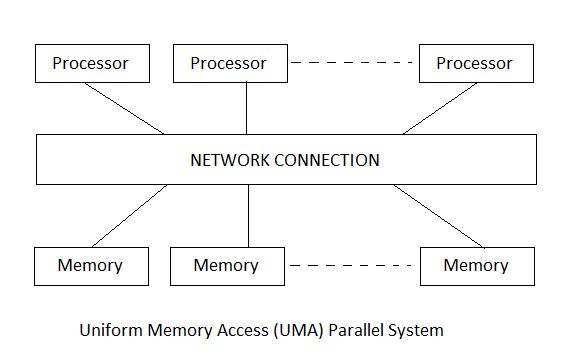Difference Between Entry Controlled And Exit Controlled Loop In C++
In programming, a loop is an instruction that repeats until a specified condition is reached. In a loop structure, the loop asks a question, if the answer requires action, it is executed. The same question is asked again and again until no further action is required. Each time the question is asked it is referred … Read more





